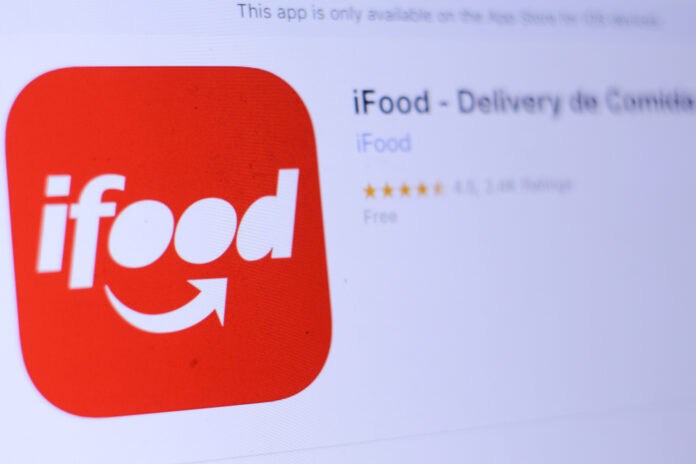**iFood Hits, a program by the Brazilian tech company that offers quality meals starting at R$20 with free delivery, has already accumulated over 11 million orders since the company accelerated the program's expansion. It is currently available in 16 cities. The numbers demonstrate the initiative's strong appeal to consumers: in August alone, 5 million orders were registered, with 2.6 million active customers using the service.**
The performance data reveals the significant impact of Hits on the platform's business. The program fostered growth for participating restaurants with a 32% increase in orders within the modality. Furthermore, Hits iFood has already accumulated over 26,000 participating restaurants in the program.
Democratization of delivery
The high retention rate observed – evidenced by the 2.6 million customers who returned to place new orders in August – proves the effectiveness of the Hits iFood value proposition. With an average discount of 43% per order, the program manages to offer an affordable experience without compromising quality, positioning itself as a consolidated alternative in the delivery market.
Launch campaign
To broaden the reach of the initiative, iFood launched its new advertising campaign last Thursday (18), starring Rodrigo Faro. The commercial lightheartedly showcases the advantages of iFood Hits, explaining how the service works in practice and reinforcing the company's commitment to making delivery more accessible for all Brazilians.
The strategy represents a significant move by iFood to capture a larger share of the food market, especially among price-sensitive consumers, at a time of inflationary pressure and the search for economical alternatives.


